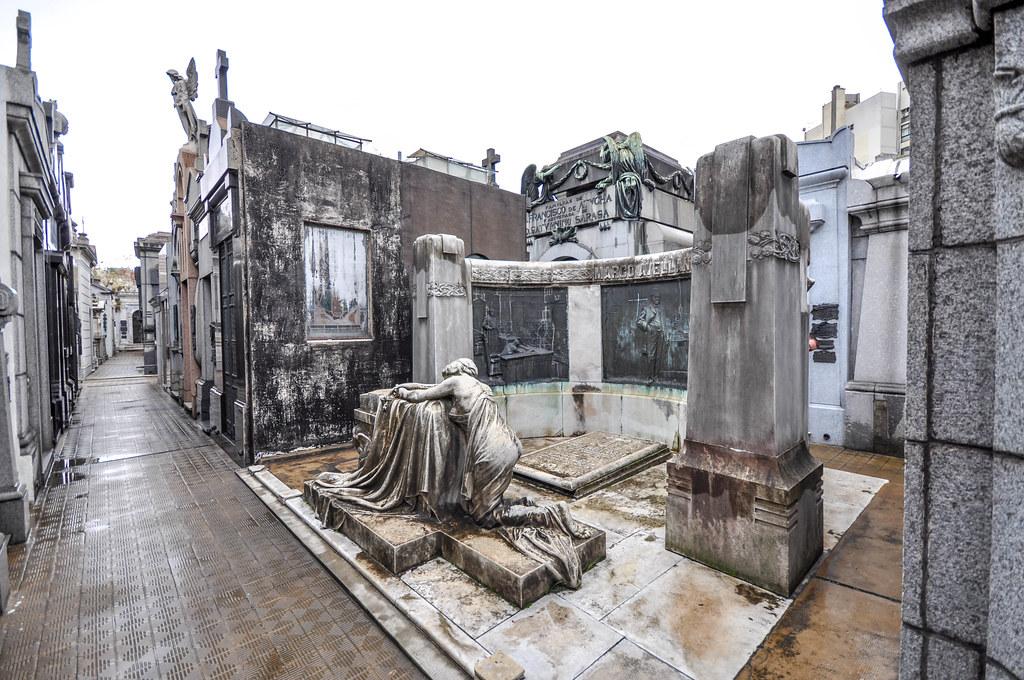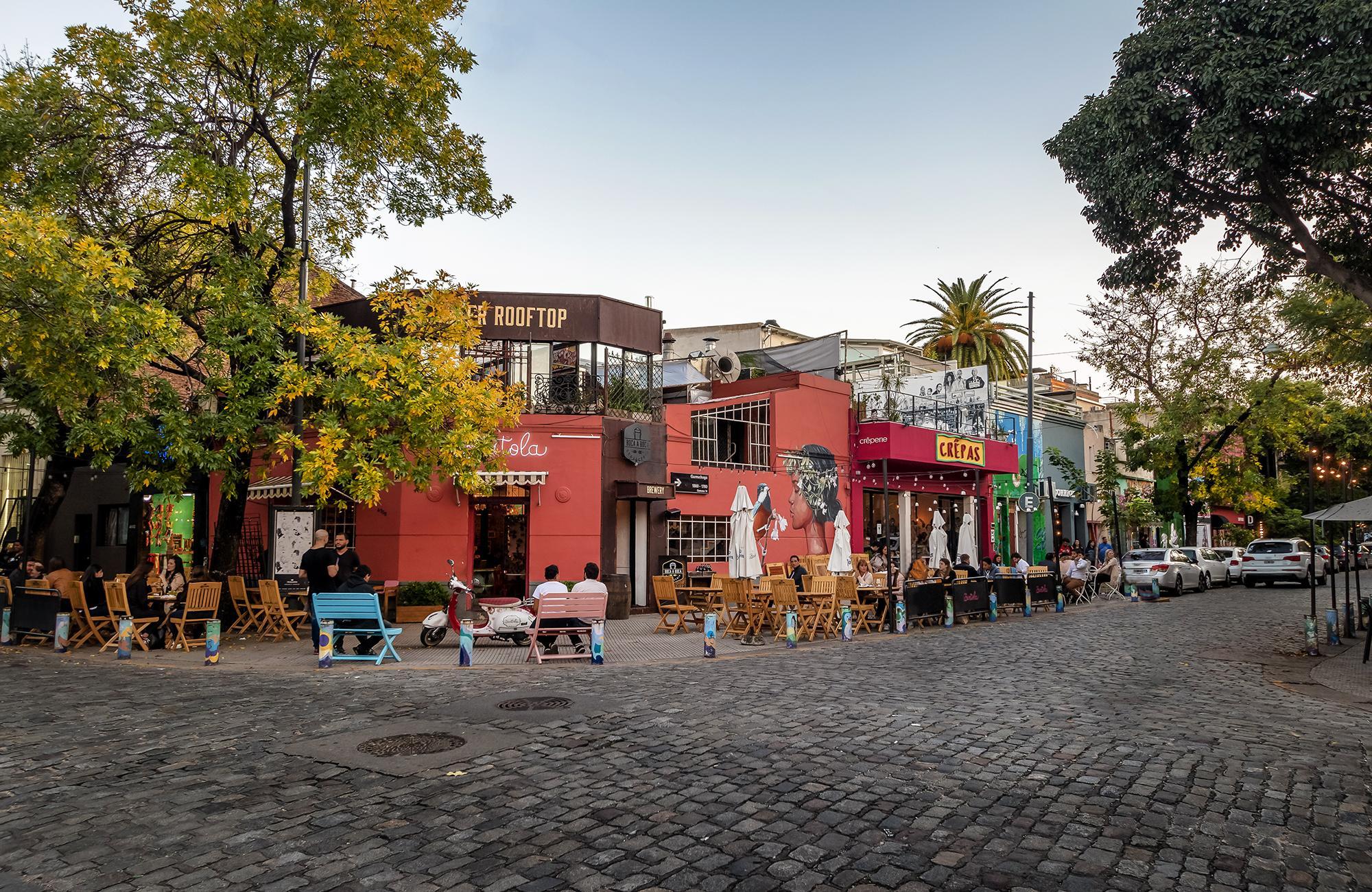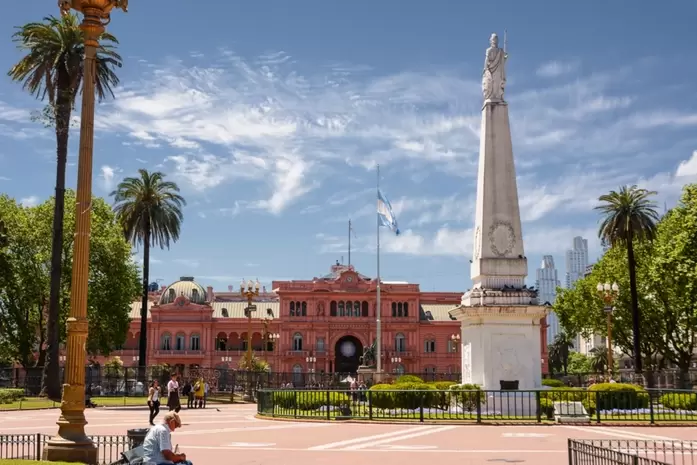POPULATION
15,490,000
CURRENCY
ARGENTINE PESO($)
TIME ZONE
GMT -3:00
LANGUAGE
SPANISH
WEATHER
JULY 12ºC /
JANUARY 25ºC
AIRPORTS
Ministro Pistarini International Airport
HISTORICAL IMPORTANCE OF BUENOS AIRES
Buenos Aires has immense historical importance not only as the capital but also as the cultural and economic heart of Argentina. Founded in 1536, the city has evolved through centuries of colonial rule, revolutions, and waves of immigration, shaping its unique identity. It played a crucial role in Argentina's struggle for independence from Spanish rule in the early 19th century and later became a melting pot of European, African, and indigenous cultures. The city's architecture, from its colonial buildings in neighborhoods like San Telmo to the grandeur of its 19th-century boulevards and iconic landmarks like the Obelisk and the Casa Rosada, reflects this rich history. Buenos Aires continues to be a dynamic center of politics, commerce, arts, and culture in South America, attracting millions of visitors annually to explore its historical sites and experience its vibrant cultural tapestry.

"BUENOS AIRES"
The name "Buenos Aires" traces back to the early Spanish colonization of the region in the 16th century. It is said that the city was originally named "Ciudad de la Trinidad" (City of the Trinity) by its founder, Pedro de Mendoza, in 1536. However, due to various reasons including native attacks and lack of supplies, Mendoza's settlement was abandoned. Years later, in 1580, Juan de Garay re-established the city and named it "Santa María del Buen Aire" (Saint Mary of the Good Air) to honor the Virgin Mary and acknowledge the pleasant climate and favorable winds in the area. Over time, the name evolved into "Buenos Aires," reflecting the city's enduring legacy as one of Latin America's most significant cultural, economic, and political centers.
THE BEST TIME TO VISIT BUENOS AIRES
The best time to visit Buenos Aires is during spring (September to November) and autumn (March to May). These seasons offer pleasant weather with mild temperatures, which is ideal for comfortably exploring the vibrant neighborhoods of the city, parks, and cultural attractions. Spring brings the blooming of jacaranda trees and pleasant temperatures, while autumn offers cooler weather and beautiful foliage. Additionally, these transitional seasons avoid the peak of summer (December to February), when temperatures can be hot and humid, and many locals go on vacation, which could affect the availability of services and cultural events.
TRANSPORTATION TO BUENOS AIRES
Buenos Aires, as a major international hub, offers diverse transportation options for travelers. The city is served by two main airports: Ministro Pistarini International Airport (commonly known as Ezeiza Airport), located about 35 kilometers southwest of downtown, and Jorge Newbery Airport (Aeroparque), closer to the city center for domestic and regional flights. Both airports provide convenient access to the city center via taxis, private transfers, and shuttle services. Within Buenos Aires, a robust public transportation network includes buses, subways (known as "Subte"), and taxis, facilitating easy navigation across neighborhoods and attractions. The Subte system covers key areas, complemented by a comprehensive bus network that connects all parts of the city. Additionally, the city is expanding its bicycle lanes, offering an increasingly popular and eco-friendly way to explore Buenos Aires.
PARIS OF SOUTH AMERICA
Buenos Aires has often been referred to as the "Paris of South America" due to its striking similarities with the French capital in terms of architecture, cultural richness, and urban lifestyle. Like Paris, Buenos Aires features wide boulevards lined with elegant buildings, many of which exhibit intricate European architectural styles such as Beaux-Arts, Art Nouveau, and Neoclassicism. The city's numerous parks and squares, coupled with its café culture and emphasis on gastronomy, further contribute to this Parisian comparison. Additionally, Buenos Aires is renowned for its vibrant arts scene, encompassing theater, literature, and music, notably tango, adding to its cosmopolitan charm and appeal as a cultural capital in South America. This nickname underscores Buenos Aires' reputation as a sophisticated and culturally significant city that stands alongside some of Europe's most renowned capitals.
THINGS TO DO AND PLACES TO VISIT




WHAT TO EAT IN BUENOS AIRES

ASADO
El asado is a cherished culinary tradition in Argentina, particularly in Buenos Aires, where it serves as a fundamental social and gastronomic experience. Originating from the gauchos of the Pampas region, asado refers to the art of grilling meat over an open flame or hot coals. Argentine asado typically includes various cuts of beef such as ribs (asado de tira), flank steak (vacío), and chorizo sausages, alongside other meats like chicken, pork, and offal. The preparation is meticulous, with the meat simply seasoned with salt and sometimes accompanied by chimichurri sauce, allowing the natural flavors to shine through. Asado gatherings are lively events, bringing together friends and family to share in the ritual of cooking, eating, and enjoying good conversation, making it a cornerstone of Argentine culture and cuisine.

EMPANADAS
Las empanadas are savory pastries that hold a beloved place in Argentine cuisine, known for their delicious fillings and versatility. These hand-held delights consist of a thin, crispy pastry shell, typically filled with a variety of ingredients. Traditional Argentine empanadas often feature fillings such as seasoned ground beef (carne), chicken (pollo), ham and cheese (jamón y queso), or spinach and cheese (espinaca y queso). Each region of Argentina may have its own variations, spices, and cooking methods for empanadas, resulting in a diverse range of flavors and textures across the country. Empanadas are enjoyed as appetizers, snacks, or even main dishes, making them a popular choice for gatherings and casual meals in Buenos Aires and beyond.

MILANESA
La milanesa is a popular dish in Argentina consisting of breaded and fried meat fillets, typically made from beef or chicken. The preparation involves slicing the meat into thin pieces, which are then dipped in beaten eggs, coated with breadcrumbs (often seasoned with herbs like parsley and sometimes grated Parmesan cheese), and fried until golden brown. The name "milanesa" is believed to originate from Milanese cuisine, specifically the Italian dish "Cotoletta alla Milanese," which features a similarly breaded and fried veal cutlet. In Argentina, milanesa is commonly served with mashed potatoes, French fries, or a simple salad, and it is often enjoyed with a squeeze of lemon juice. It is a comforting and highly appreciated meal found in many restaurants, cafes, and households in Buenos Aires and throughout Argentina, offering a satisfying and flavorful gastronomic experience.
:quality(85)/cloudfront-us-east-1.images.arcpublishing.com/infobae/WJU645BDYVFKPI7KYSWSHWI4YA.jpg)
DULCE DE LECHE
Dulce de leche is a sweet, caramel-like paste made from milk and sugar, popular throughout Argentina and much of Latin America. The preparation involves slowly heating sweetened milk until it thickens and caramelizes, resulting in a rich, creamy texture with a deep caramel flavor. Dulce de leche can vary in consistency from thick and creamy to a more liquid syrup, depending on the cooking time. It is used in a variety of desserts such as alfajores (cookie sandwiches filled with dulce de leche), cakes, pastries, and ice cream. Argentinians also enjoy it spread on toast, pancakes, or simply eaten by the spoonful. Its versatility and sweet, comforting taste have made dulce de leche an integral part of Argentine cuisine and a highly cherished treat for locals and visitors alike in Buenos Aires and beyond.
HOW MANY DAYS SHOULD YOU SPEND IN BUENOS AIRES?
The ideal number of days to spend in Buenos Aires largely depends on your interests and how much you want to explore the city and its surroundings. For a comprehensive visit covering major landmarks, neighborhoods, and cultural experiences, a stay of approximately 4 to 5 days is generally recommended. This timeframe allows you to visit iconic sites like Plaza de Mayo, Recoleta Cemetery, and La Boca, as well as enjoy leisurely strolls through neighborhoods such as Palermo and San Telmo. It also provides ample time to indulge in Buenos Aires' vibrant culinary scene, attend tango shows, visit museums, and experience the city's nightlife. However, if you have specific interests or plan to take excursions outside Buenos Aires, you might consider extending your stay accordingly.
